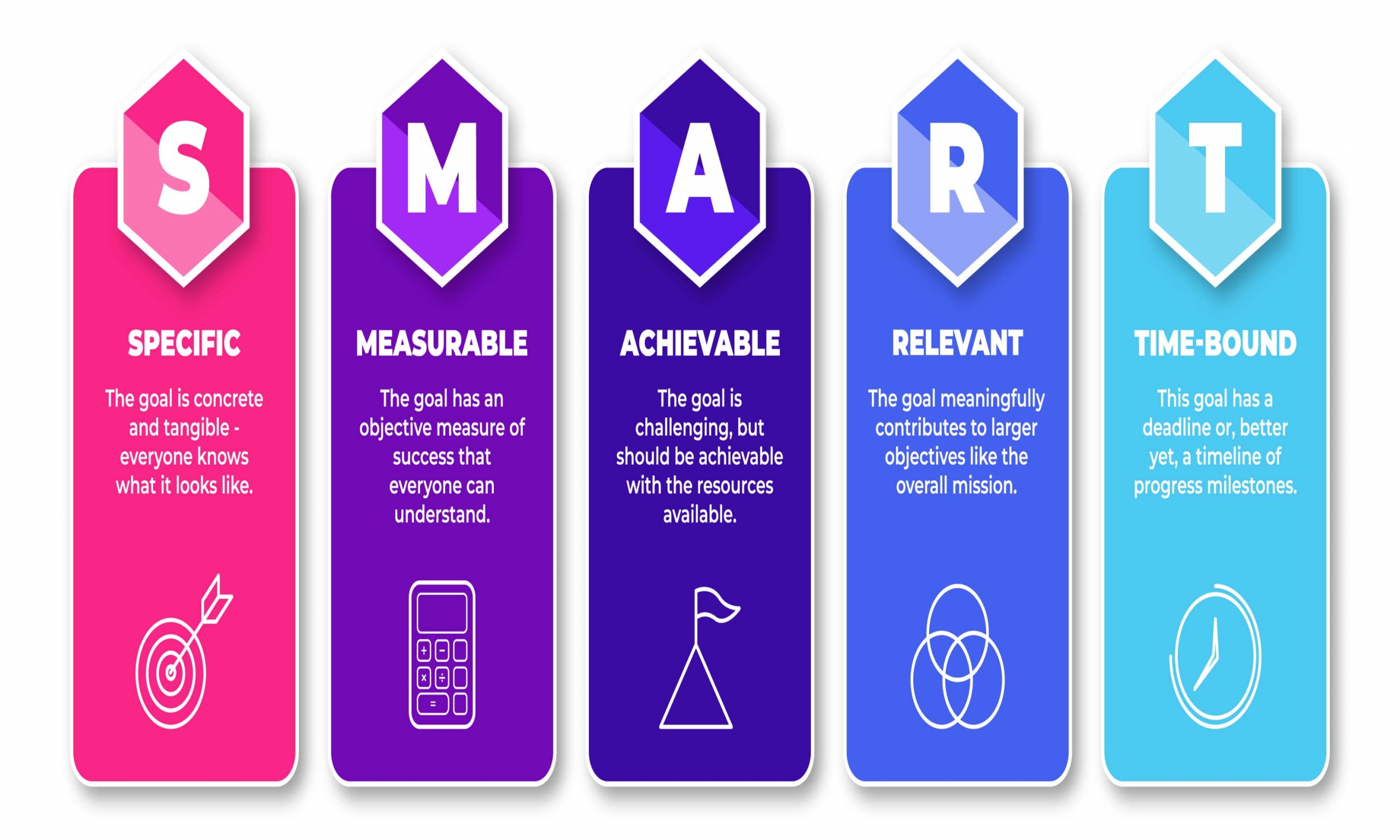
In today’s highly competitive sports world, a solid marketing strategy is essential for any sports brand. An efficiently organized plan can make a difference, whether aiming to increase your brand’s visibility or increase sales. But… where do you begin? In this article, we will discuss some practical steps to help you build a robust marketing strategy that drives your brand forward and resonates with your audience.
Defining Your Brand’s Identity
A clear and consistent brand is essential to stand out in the crowded sports market. Your brand identity reflects your values, mission, and what makes your softball or baseball brand unique. It’s how your audience perceives you and what they do with your brand.
A strong personality helps build trust, fosters loyalty, and ensures your brand is easily recognizable across platforms.
- Sports brands must be recognizable and convey their values consistently, as the market is rather saturated.
- Brand image is a critical element of your operation as it sums up your corporate belief, purpose, and differentiation of your softball or baseball brand.
- A powerful personality strengthens confidence, creates trust, and entails brand recognition and customer loyalty across the desired platforms.
Define your brand’s voice:
- Decide how you’re going to communicate: professional, passive or inspirational.
- Choose a voice that would appeal to your target market.
- Updates or changes should be applied consistently across all areas.
Set the viewing method:
- Design different logos, colors, fonts and graphics.
- Ensure that all physical items under the concept are integrated well.
- You should evoke specific emotions and associations that align with your brand’s message.
Craft Clear Messages:
Craft a catchy, easily memorable key message. This concept should concentrate on what your brand does and provides. The messages reflect your brand value proposition, business’s key message, and vision.
Understand Your Target Audience
One must know about the target market. Understanding their needs, wants, and actions is essential to formulating your plan to address what they need or want. This insight, in a way, aids you in understanding your target group to a certain level, enabling your brand to be appealing and relevant.
How to do it:
- You must segment your audience based on factors like Product Preferences, Buying Behaviors, or Location. This leads to highly targeted and personalized marketing efforts.
- It can be a great approach to developing a comprehensive profile of your ideal customers, including their Age, Interests, Challenges and Buying Habits. These personas aid you in content creation and marketing decisions.
- You can acquire information regarding your potential customers via Surveys and Market Research. This helps you identify key demographics and trends.Choosing the Marketing Channels
Leverage Social Media: Connect with your audience on Instagram, Twitter, and Facebook to share updates and build community.
Do Content Marketing: Create articles, blogs, posts, and videos to drive traffic and build trust with your audience.
Email Marketing: Develop relationships with personal and professional emails.
Influential Commerce: Collaborate with influencers or athletes to increase visibility.
Events: Sponsoring events is also an excellent approach to establishing your brand in the community.
Meme Marketing: You can also leverage meme marketing by creating sports-related memes. This will boost social media engagement and audience engagement.
Some USA Brands Using Marketing Channels:
- JustBats uses Instagram to build trust and establish baseball gear expertise.
- Companies like MLB use email marketing to help fans offer new news and updates.
- Personalized emails provide timely and needed offers and/or motivational content, thus contributing to sales.
- Under Armour’s strategy for brand building; it partner with the best athletes in the current generation.
- Brands like Adidas have applied meme marketing to reach young people, as their content is always shareable and fun. Creating Engaging and Compelling Content
Inspirational Stories: Individuals relate to stories of struggle and achievement. If possible, post interviews with athletes or other achievements of a specific team in videos or a blog displaying your brand’s principles.
Educational Tips and Drills: Sharing more instructional material benefits your viewers by developing their competencies and positions your brand as authoritative.
Post videos or written blog entries on the right way to approach the batter, a good exercise for the pitcher or a player to do in between pitches.
Behind-the-Scenes Glimpses: Sharing such moments increases your brand’s authenticity and engages your audience, making them trust it.
Post pictures or videos of your manufacturing or team’s daily activities so as to show your brand’s personality.
Product Reviews and Demos: A customer getting to see how your products work is a good approach as it assists him or her in seeing them being useful. Make demonstrations and ask for a review of the service.
Contests and Giveaways: Competition is always healthy for any business since it increases traffic and the number of bot and human followers.
Run promotional campaigns on such social networks, offer goods with the company’s logo to winners, and encourage using specific hashtags.
User-Generated Content: Content by your audience is engaging and makes for good promotion without feeling like promotion.
Often, consumers share photos or videos of products they have bought; promoting this and using the content on popular channels with a branded hashtag is advisable.
Tracking and Analyzing Results: Key Performance Indicators (KPIs): Quantitative measures include such things as website traffic, followers on social media, click-through rates on emails and actual sales as they relate to your marketing. Analytics Tools: One should always monitor the process and look for optimization spots by means of analytical tools such as Google Analytics or social media analytics.
A/B Testing: Explain how communication ideas can be experimented and why it is crucial to do so to find out what works for an audience most.
Final Words:
Creating a great sports marketing strategy requires a well-thought-out approach. You should must be familiar of your brand’s identity, and target audience, and most effective marketing channels.
Remember – To maintain a competitive edge, you should stay adaptable and continually refine your approach.
Today’s guest post was contributed by Henrii Joy, professional; guest blogger and content writer, specializing in product descriptions technical articles, and SEO content. The author may be reached at henriijoy@gmail.com.











Follow us online!